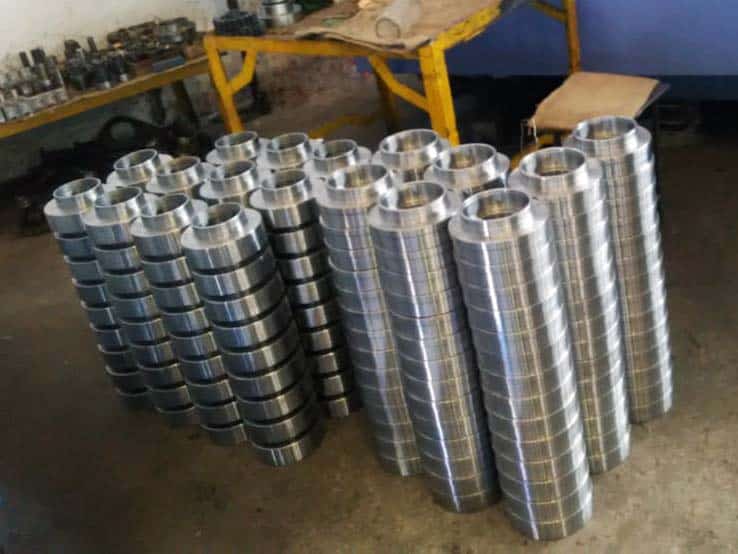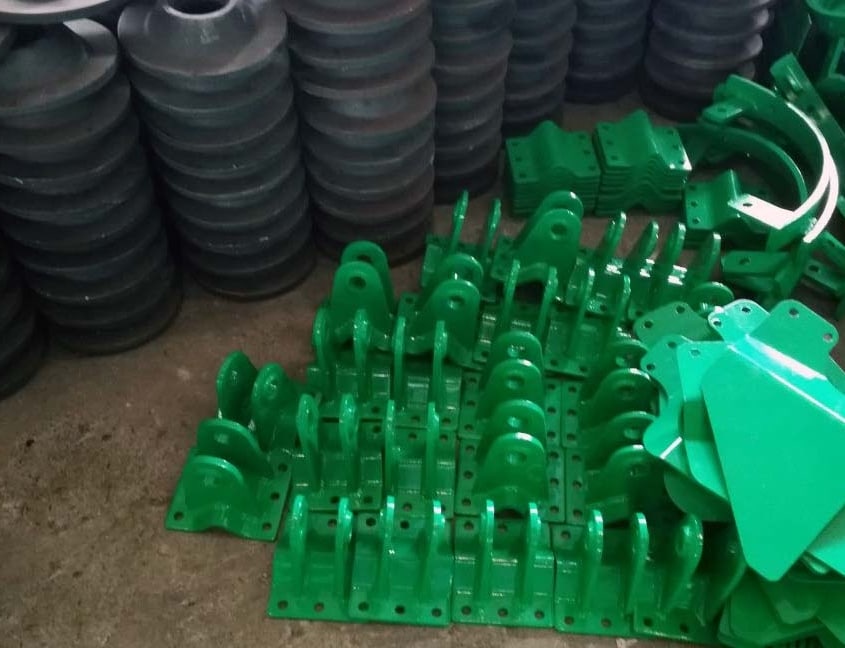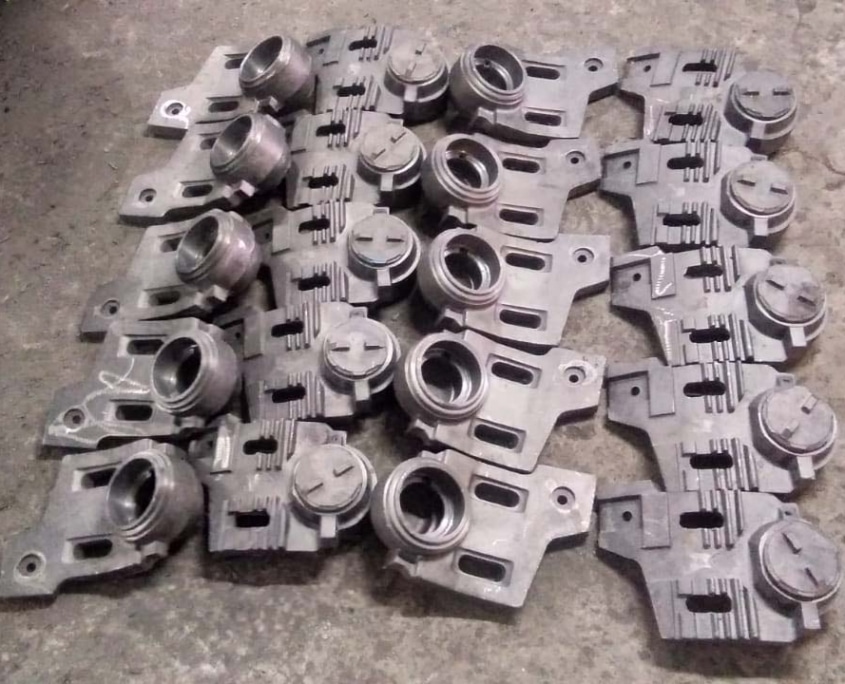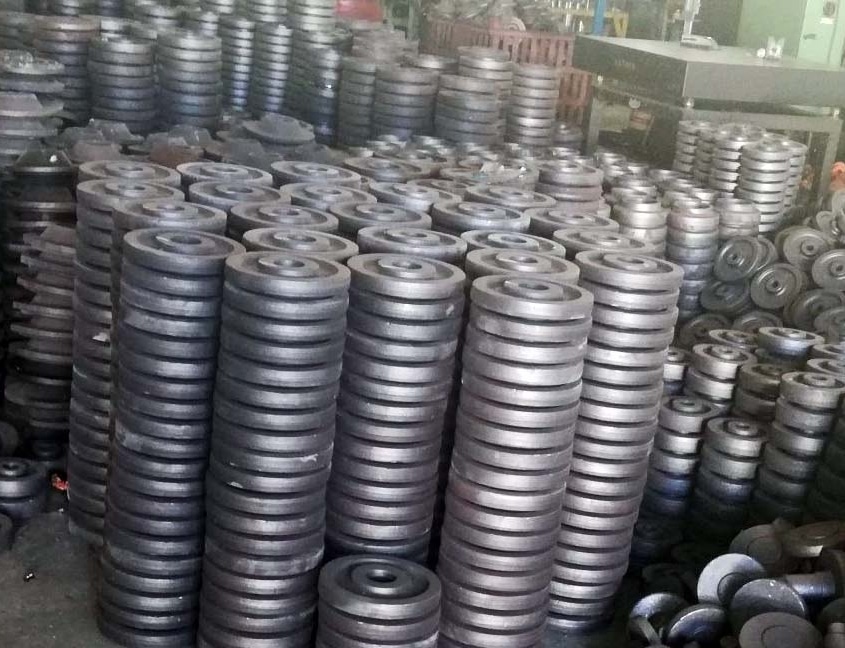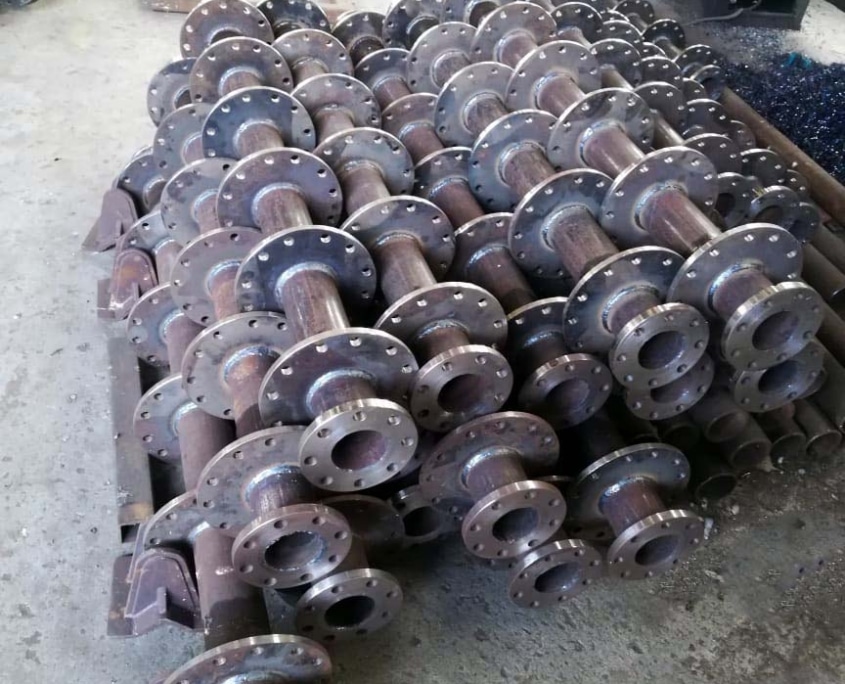Shell-mold casting stands as a technique closely resembling casting in sandy-argillaceous forms. The fundamental principle is to pour molten metal into a thin-walled, disposable shell, crafted by applying a blend of sand and resin to the model of the desired end product.
The reusability of the model accentuates the process’s economic efficiency, facilitating the formation of multiple shell shapes from a single model. The adaptable nature of the reusable templates amplifies production rates, striking an impeccable balance between quality and quantity. In contrast, the disposability of templates introduces a remarkable ability to achieve intricate geometric forms and unparalleled accuracy.
The versatility of shell-mold casting extends across a broad spectrum of metals, both ferrous and non-ferrous. Carbon steel, cast iron, alloyed and stainless steels, aluminum, and copper alloys are among the metals harmoniously integrated into this process, showcasing its applicability across diverse industrial domains.
The Methodology
The process commences with the meticulous creation of a pattern – the model that guides the formation of the shell mold. This pattern, frequently engineered from wood or other moldable materials, embodies the geometry and intricacy of the final product.
Next, a mixture of sand and resin is meticulously applied to the pattern’s surface, layer by layer. The result is a robust yet delicate shell, designed to accommodate the molten metal’s intricacies. This shell, while disposable, is a masterpiece of precision engineering, ensuring that the cast will mirror the pattern’s geometry flawlessly.
With the shell ready, it’s time for the grand transformation. Molten metal, heated to its optimal state, is carefully poured into the shell. As the metal solidifies, it impeccably replicates the shell’s interior, capturing every fine detail and curvature.
Technological capacities
Minimum possible weight of the part:: 0,1 kg Maximum possible weight of the part: 20 kg Minimum possible sizes of the part: Depending on the structure Maximum possible sizes of the part: 1000mm, depending on the structure Minimum possible wall thickness: 5 mm Maximum possible wall thickness: No limitations Tolerance class for casting: Casting tolerance ST8 ISO 8062 Minimum possible batch: 1000 kg
Standard materials used for shell-mold casting
Grey cast iron Ductile cast iron High carbon steel Low carbon steel Carbon steel Stainless steel
Application of produced parts
- Agricultural parts
- Railway parts
- Pump housings
- Impellers
- Parts for oil and gas industry
- Parts for mining industry
Advantages and Benefits
Shell-mold casting is revered for its distinct set of advantages. Its finesse lies in its ability to deliver products with intricate geometry, high accuracy, and an impeccable surface finish. This process thrives in producing items that require utmost precision, including components used in critical applications.
Additionally, the method’s adaptability to both ferrous and non-ferrous metals empowers manufacturers to choose materials that align with the product’s intended use, ranging from cast iron and steel to aluminum and copper alloys.
The Future of Casting
As industries evolve and intricate designs become a norm, shell-mold casting emerges as a stalwart ally. Its dexterity in accommodating complex geometries, delivering high-quality finishes, and enabling efficient production stands as a testament to its significance in modern manufacturing.
At Eurobalt, we have mastered the art of shell-mold casting for cast iron and steel. Our commitment to precision, innovation, and the highest quality standards positions us as a leader in this advanced manufacturing technique. With an unwavering dedication to excellence, Eurobalt continues to push boundaries and redefine what’s possible in the realm of cast iron and steel casting.
The art of shell-mold casting transforms ideas into reality, sculpting metals with unparalleled precision and grace. Partner with Eurobalt and step into a world where innovation knows no bounds. Contact us to explore how our shell-mold casting expertise can elevate your projects to new heights of perfection.






